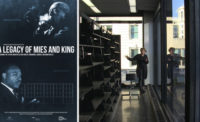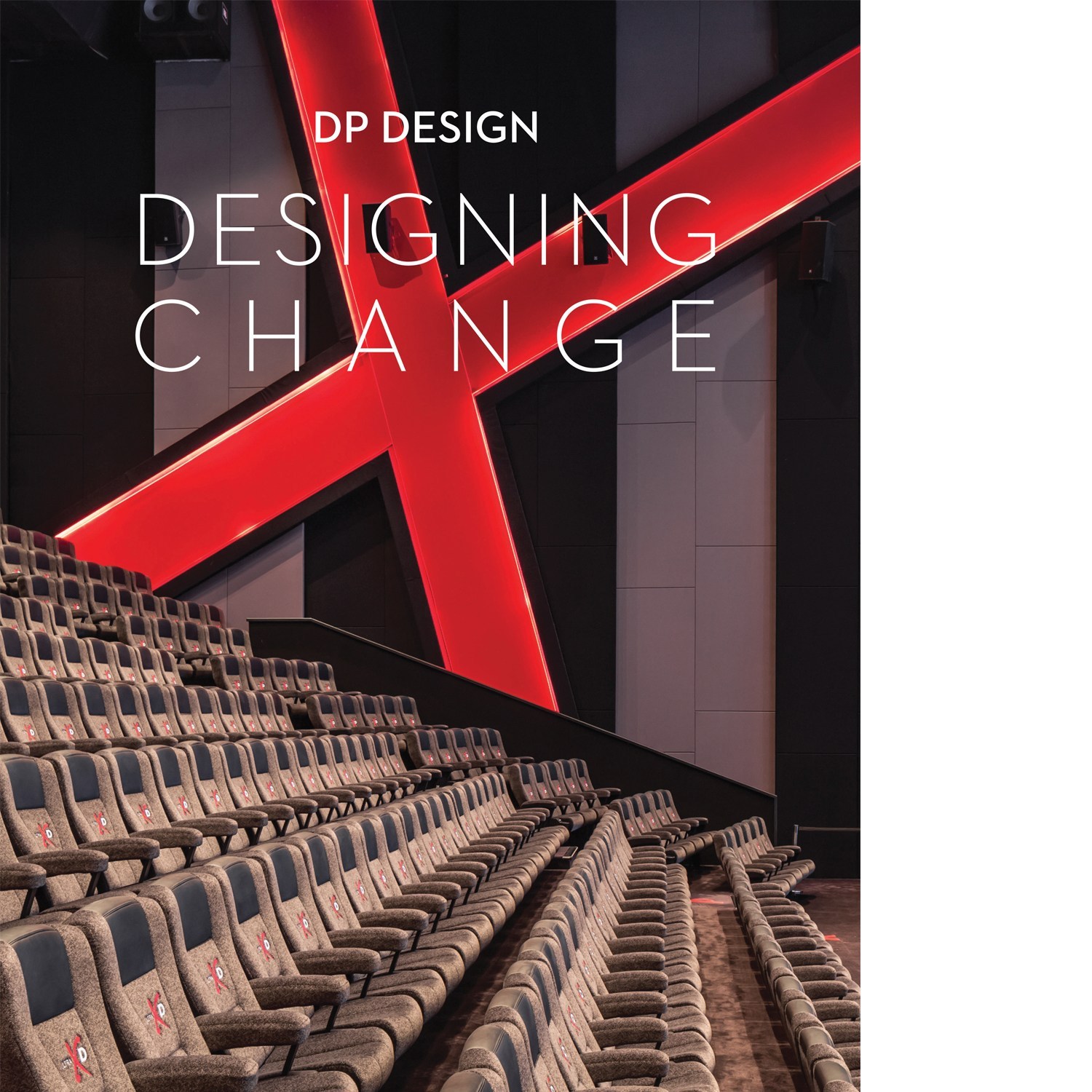The drama surrounding the siting of President Barack Obama’s future Presidential Library has unfurled like a juicy tabloid story, with the minute details making headlines and stoking fierce debate. Most recently, speculation abounded when the Barack Obama Foundation, the organization charged with selecting a site, polled the Windy City’s residents—and no other prospective cities—on their feelings towards the project, while Chicago Mayor Rahm Emanuel has lobbied to build the library on city parkland if Chicago is indeed selected. Now, with the Chicago mayoral race in serious contention, the Foundation is delaying its choice until after the April 7 election. But for those seeking a substantive discussion of the library itself, and not the constant prattle around it, look no further than a new exhibition Presidential Libraries: Designing A Legacy, on display at the Chicago Architecture Foundation’s Loop location through August 31, 2015.
On display are the two winners and three honorable mentions from the Chicago Architecture Club 2014 Chicago Prize competition. The Club’s competition bears no relation to the official selection process and instead asked architects to reexamine the role of the Presidential library, traditionally an institution that simply preserves and exhibits artifacts to the public. Walking into the exhibition space, visitors find a brief but little-known history of Presidential libraries, such as a 1955 Congressional law that determined Presidential libraries would be privately-erected but publically-run. Past libraries line the walls: from LBJ’s futuristic 1971 SOM design to Reagan’s massive 265,500-square-foot Spanish Mission-style building by KlingStubbins, the organizers don’t want you to forget the architectural diversity of Presidential libraries.
It’s worth noting that the Chicago Architecture Club selected for its competition a site in the heart of downtown Chicago—at the intersection of Chicago’s rivers—that isn’t up for official consideration. Nevertheless, this isn’t a hindrance to the exhibition’s relevance, as all the proposals deal with a central theme: how should a Presidential library interact with a dense urban context?
Many of the proposals find unusual ways to leverage their urban surroundings in relation to the library’s unique mission of curating a single historical legacy. Sometimes this is quite literal: one giant O-shaped design by Zhu Wenyi, Fu Junscheng, and Liang Yiang bridges one of the river’s branches and uses its single floor as a massive exhibition space; the line between transportation infrastructure and archive blurs. The artifacts are organized in a series of concentric circles, taking visitors in an inward spiral from Obama’s early life to his presidency, his public image, and finally—at the center—his personal life.
The other winning proposal by Aras Burak Sen, consisting of several archival spaces within a large sphere, is similarly situated over an intersection of three bridges. However, this design interprets the spirit of Obama’s legacy differently: a large auditorium for public debate is located at the sphere’s base, suggesting an active public interpretation of the history displayed above. This public program is again amplified, if not heavily reliant, on the new urban infrastructure and public space around it.
Two honorable mentions by the teams of Drew Cowdrey / Trey Kirk and Ann Lui / Craig Reschke eschew the bridge and strike out more boldly, exploiting their location at the heart of the populous Second City by deploying trucks and drones, respectively, to bring Presidential artifacts straight to Second City residents. The undercurrent is clear: an urban library can actively interact with the city around it. But is that the mission around which Obama’s foundation will shape its library?
As a legal scholar, Obama is a student of history, and therefore legacy can never be far from his mind. His campaigns carefully conceived and detailed a personal narrative, one that preceded his presidency and will gain new chapters after he leaves the Oval Office. The question remains: Will the architecture of the library actively figure into that chronicle of transformational change and pragmatic leadership, changing how Presidential libraries service the communities inhabit? Or will it serve as a simple mix of museum and archive as the others have done?








Post a comment to this article
Report Abusive Comment